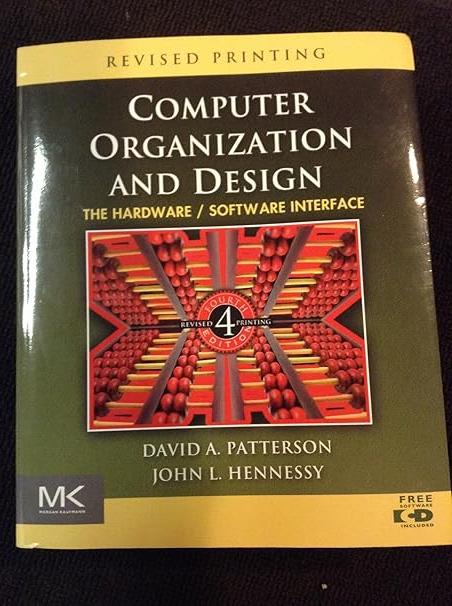Repeat 4.8.1 for a stuck-at-1 fault. Can you use a single test for both stuck-at-0 and stuck-at-1?
Question:
Repeat 4.8.1 for a stuck-at-1 fault. Can you use a single test for both stuck-at-0 and stuck-at-1? If yes, explain how; if no, explain why not.
Problem 4.8.1
Let us assume that processor testing is done by filling the PC, registers, and data and instruction memories with some values (you can choose which values), letting a single instruction execute, then reading the PC, memories, and registers. These values are then examined to determine if a particular fault is present. Can you design a test (values for PC, memories, and registers) that would determine if there is a stuck-at-0 fault on this signal?
When silicon chips are fabricated, defects in materials (e.g., silicon) and manufacturing errors can result in defective circuits. A very common defect is for one wire to affect the signal in another. This is called a cross-talk fault. A special class of cross-talk faults is when a signal is connected to a wire that has a constant logical value (e.g., a power supply wire). In this case we have a stuck-at-0 or a stuck-at-1 fault, and the affected signal always has a logical value of 0 or 1, respectively.
The following problems refer to the following signal from Figure 4.24:
Figure 4.24![PC 4 Instruction [25-0] Add Read address Instruction [31-0] Instruction memory 26 Shift left 2, Instruction](https://dsd5zvtm8ll6.cloudfront.net/images/question_images/1698/2/2/0/7976538cafd628951698220795953.jpg)
Step by Step Answer:

Computer Organization And Design The Hardware Software Interface
ISBN: 9780123747501
4th Revised Edition
Authors: David A. Patterson, John L. Hennessy





